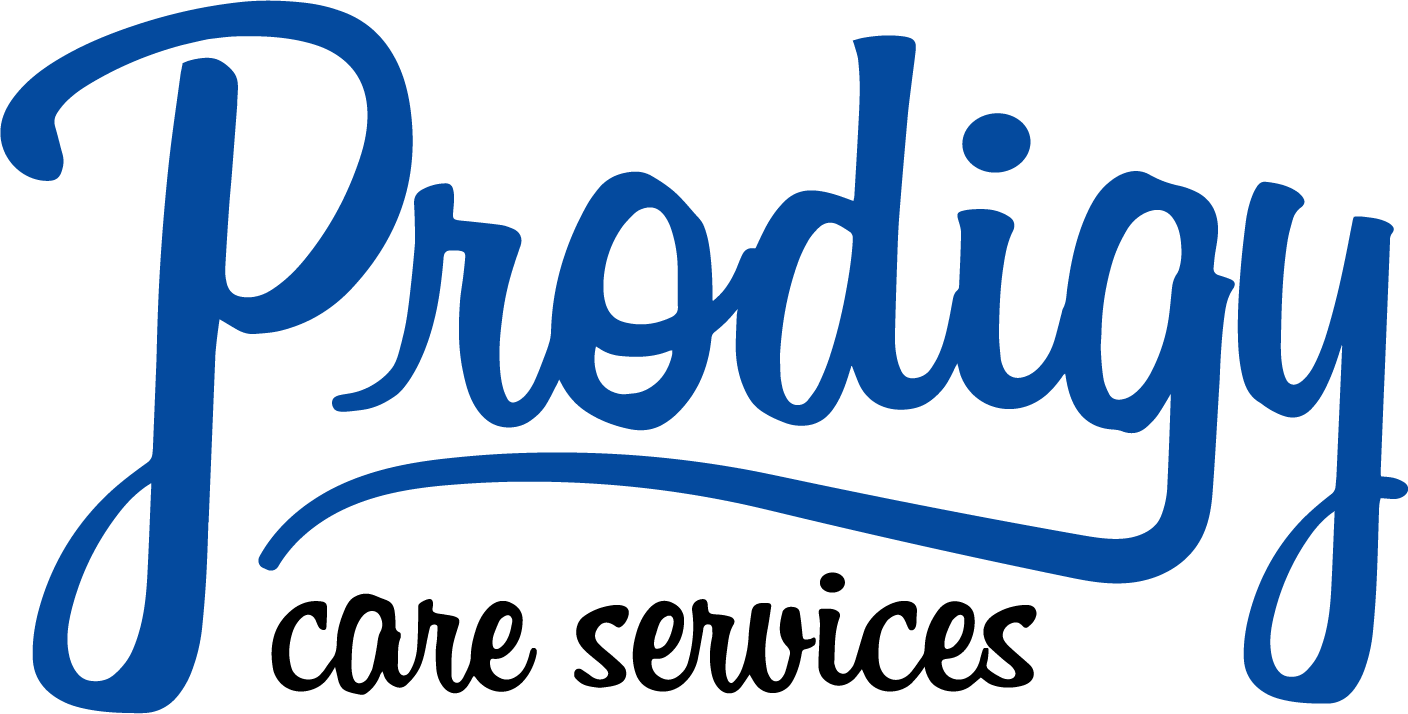How to Bring Transparency to Your PBM Program
In 2019, pharmacy benefit managers (PBMs) faced increased scrutiny and public criticism about their business model and responded with lofty promises of changes broadly described as movements toward full transparency and innovation to reduce costs for payers. Despite payers’ call for change, studies show that controversial PBM practices remained unchanged and business model changes were mostly cosmetic. [1, 2 ] Meanwhile, key marketplace dysfunctions such as "spread" pricing, rebate-influenced formulary, mail order fill-and-bill, high-cost-low-value-drugs, “offsetting,” and lack of audit rights have persisted and the cost to payers, substantial. [3] In Ohio for example, the 1-year “Spread” in Medicaid and Workers’ Compensation by a single PBM was estimated at $224.8 million and $16 million respectively. [4]
Furthermore, even the recent PBM mergers that promised payers better savings from economies of scale, and innovation have not quelled the raging frustration and concern of payers, pharmacists, patients, advocates, state legislators, and some members of Congress. [5] There are still questions about the PBMs' lack of transparency.
While the focus on transparency, for most payers, has also been around drug rebates, studies have shown that PBMs' use of rebates has contributed to high pharmaceutical costs, and their disclosure and distribution to payers will not, on their own, reduce overall pharmaceutical spending without other policies that drive toward value. [6]
Bottomline, even though transparency has crept into payer’s lexicon, its fuzzy definition and deliberately obtuse meaning in PBMs vernacular has done very little to solve marketplace dysfunctions and bring tangible change for payers. As a result, payers should shift their focus away from definitions and semantics to understanding specific PBM activities and their impact on drug spend and patient outcomes.
Here are three recommendations to get you started on the journey to bring transparency to your PBM program.
Make a list of the different ways your PBM makes money – administrative fees, rebates, spread, data access fees, DIR fees, kickbacks – and ask your PBM to show you which ways (among your list) it is making money from your pharmacy program.
Ask your PBM to disclose which parts of the drug distribution chain it owns – the mail order and/or specialty pharmacy, GPO/wholesale distribution, rebate aggregation, pharmacy network, utilization management, etc. Based on this information, drill down to understand if there are any conflicts of interest and quantify what the impact could be on your pharmacy program. For example, if your PBM owns and conducts its own level-1 utilization management and prior authorizations, what level of oversight do you have to ensure the PBM is not just authorizing drugs to drive up volume to its own mail order pharmacy? Is it advisable to let the fox watch the henhouse?
Insist (don’t request) that your PBM use a single Maximum Allowable Cost (MAC) list for your pharmacy program. If your PBM is transparent, this should be a simple ask. This action means that the PBM will not use different chargemasters to manipulate pricing to improve its spread. It doesn’t matter whether your PBM contract is pass through, cost plus, or spread model, if the PBM is operating transparently, it should be willing to honor this simple request.
There are several questions that can be asked, this is just a start. The true manifestation of transparency is straightforward. It requires the PBM to be open and honest not only about pricing and rebates, but also about access to information. These questions get to the crux of the information asymmetry that exists which allows PBMs to play games with payers. If your goal is to bring transparency to your PBM program, then the very first step is getting access to complete information about its business practices, especially how the PBM makes money.
References:
Bishop S. Pharmacy Benefit Managers and Their Role in Drug Spending, Commonwealth Fund, April 2019. https://doi.org/10.26099/njmh-en20
Elizabeth Seeley and Aaron S. Kesselheim, Pharmacy Benefit Managers: Practices, Controversies, and What Lies Ahead (Commonwealth Fund, Mar. 2019). https://doi.org/10.26099/n60j-0886
Motheral B and Fairman K. Changes in PBM Business Practices in 2019: True Innovation or More of the Same? J Manag Care Spec Pharm, 2020 Oct;26(10):1325-1333. https://doi.org/10.18553/jmcp.2020.20213
Rowland D. Ohio Attorney General Dave Yost says email shows OptumRx was overcharging the state – and knew it. The Columbus Dispatch. Dec 27, 2020.
Calandra, R. More Sunshine, Say Some PBM Forecasts. More of the Dark Arts, Say Others. Manage Care. 2019 Mar;28(3):29-31.
Elizabeth Seeley and Aaron S. Kesselheim, Pharmacy Benefit Managers: Practices, Controversies, and What Lies Ahead (Commonwealth Fund, Mar. 2019). https://doi.org/10.26099/n60j-0886

